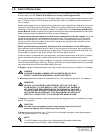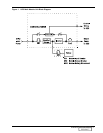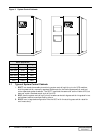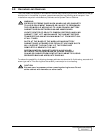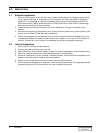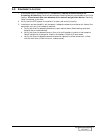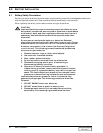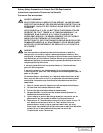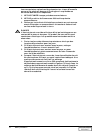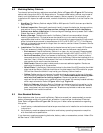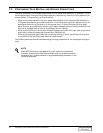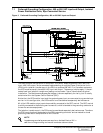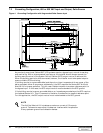
10 Battery Installation
6.0 BATTERY INSTALLATION
6.1 Battery Safety Precautions
Servicing of batteries should be performed or supervised by personnel knowledgeable of batteries
and the required precautions. Keep unauthorized personnel away from batteries.
When replacing batteries, use the same number and type of batteries.
CAUTION
Lead-acid batteries contain hazardous materials. Batteries must
be handled, transported, and recycled or discarded in accordance
with federal, state, and local regulations. Because lead is a toxic
substance, lead-acid batteries should be recycled rather than
discarded.
Do not open or mutilate the battery or batteries. Released
electrolyte is harmful to the skin and eyes. It may be toxic. Do not
dispose of battery or batteries in a fire. The battery may explode.
A battery can present a risk of electrical shock and high short
circuit current. The following precautions should be observed
when working on batteries:
1. Remove watches, rings, or other metal objects.
2. Use tools with insulated handles.
3. Wear rubber gloves and boots.
4. Do not lay tools or metal parts on top of batteries.
5. Disconnect charging source prior to connecting or
disconnecting battery terminals.
6. Determine if battery is inadvertently grounded. If
inadvertently grounded, remove source of ground. Contact
with any part of a grounded battery can result in electrical
shock. The likelihood of such shock will be reduced if such
grounds are removed during installation and maintenance.
Lead-acid batteries can present a risk of fire because they
generate hydrogen gas. The following procedures should be
followed:
1. DO NOT SMOKE when near batteries.
2. DO NOT cause flame or spark in battery area.
3. Discharge static electricity from body before touching
batteries by first touching a grounded metal surface.
DISCONTINUED
PRODUCT




